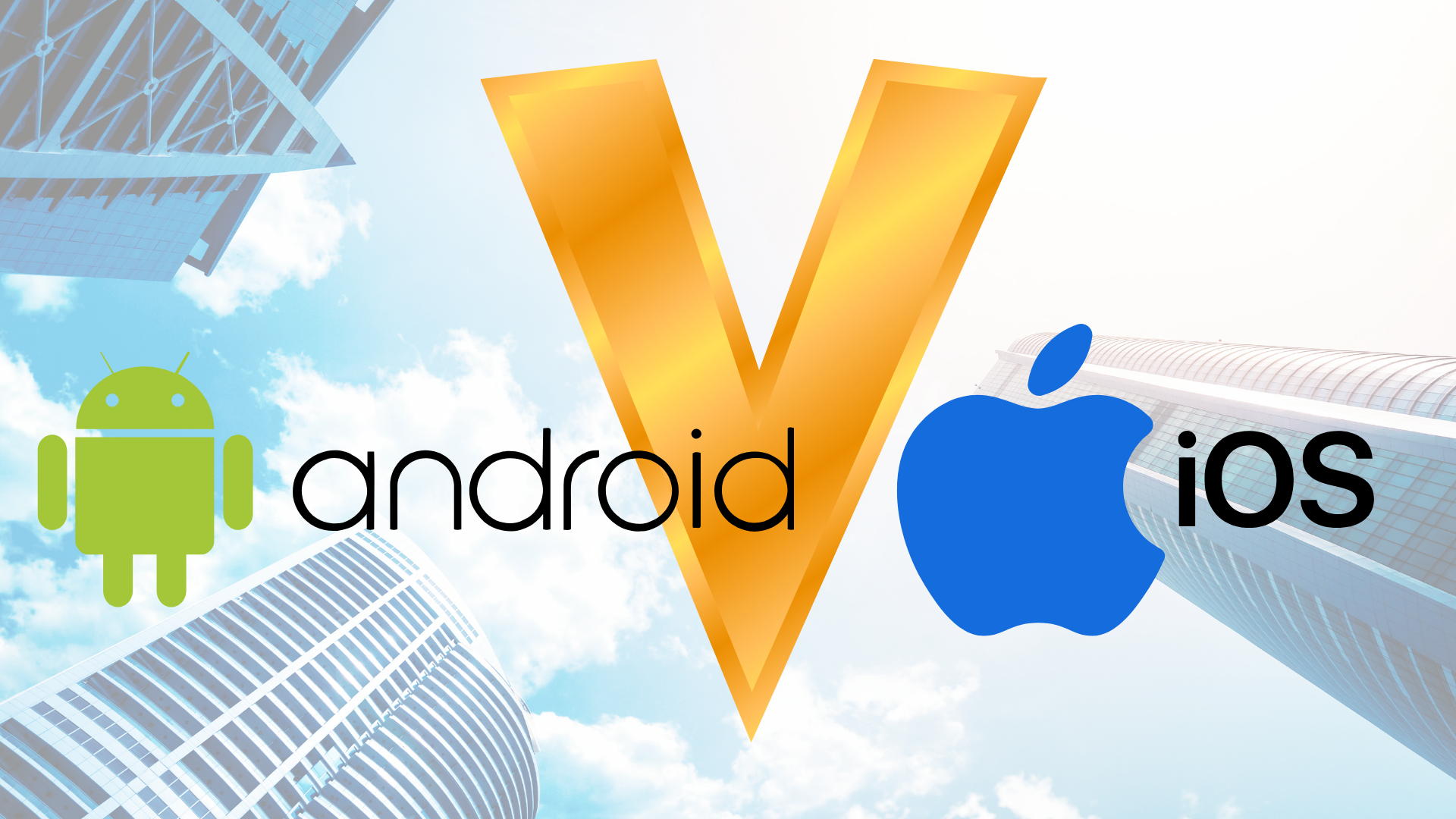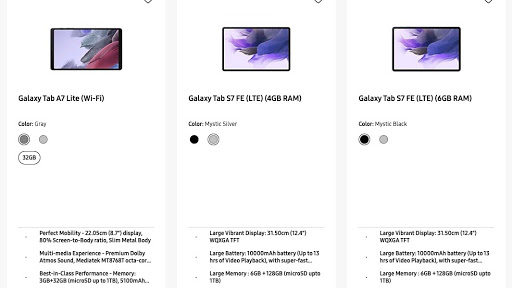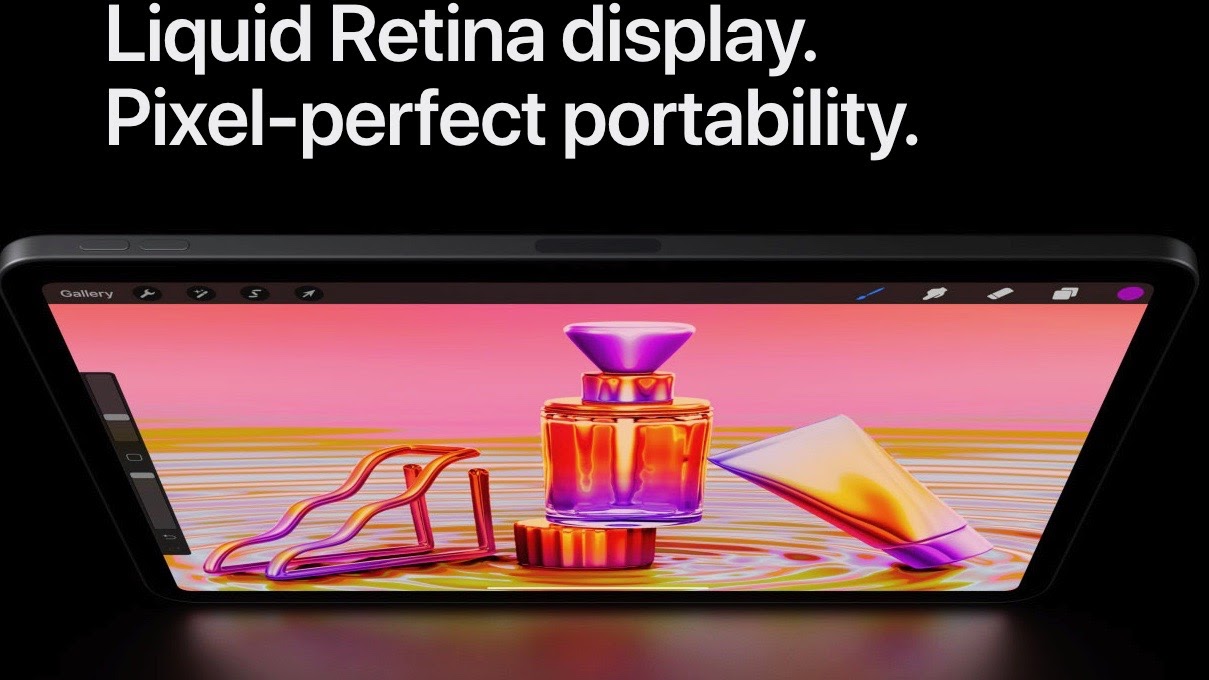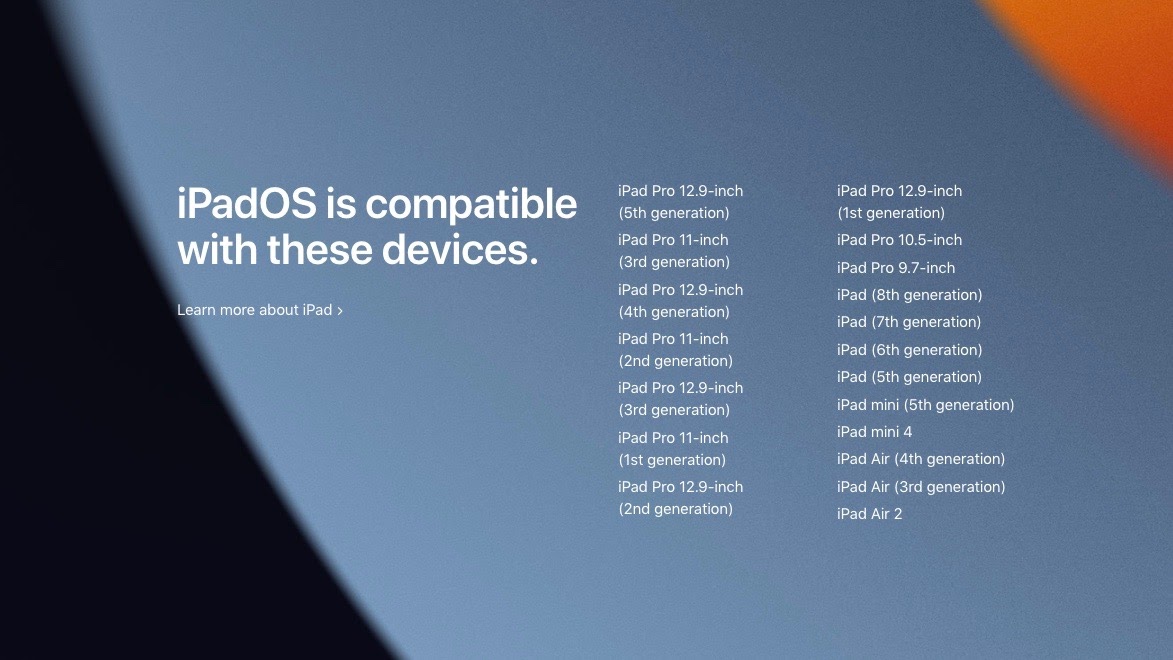Apple POS vs. Android POS: What's the difference and which is best for my business?
We put Apple POS and Android POS systems against each other to find the best option for your business.

There is no scarcity of point of sale (POS) systems in the market. Lightspeed POS, Square POS, Clover POS, Shopify POS, QuickBooks POS, Revel and Epos Now POS are just a few of the many options. While some of these run on Apple’s iOS and some on Android, a few are Windows-based as well.
Apple and Android POS systems are clear frontrunners, given that these two hold more than 70% of the tablet market share and 99% of the smartphone market. But what differentiates these two leaders and how do you decide on the best POS system for your business? Let’s find out.
Apple POS vs. Android POS: Features
We'll start with a head-to-head comparison of Apple POS and Android POS systems based on the top features relevant to businesses: security, flexibility, and user experience.
Security
Protecting your customers’ personal and payment data is important for your business. All cloud-based POS systems are built with data protection and encryption, and therefore come with a certain minimum guarantee on security.

However, between Apple's iOS (operating system) and Android OS, you'll find that iOS is known for its strong security in both its firmware and software layers. iOS has an added advantage: since Apple is in complete control of its hardware and software, security fixes and updates happen consistently across all their devices.
For software to be secure, it must rest on hardware that has security built in.
Apple
On Android devices, it’s left to the discretion of individual device manufacturers, and if they aren’t diligent with releasing updates, you could be in trouble.
Sign up to the TechRadar Pro newsletter to get all the top news, opinion, features and guidance your business needs to succeed!
Hackers are also more likely to target the vulnerabilities in Android software than Apple POS software, due to its large number of smartphone users (73%). Moreover, since Android opens its APIs for integration, the opportunity for an intrusion is higher than in Apple, which keeps its source code closed.
Flexibility
As Linux-based, partially open source architecture, Android OS is definitively more customizable than Apple iOS. It figures, given the value of Apple's brand. So, if you're looking for a bespoke POS solution for your business, Android is an attractive choice.
Take note of the financial and mental cost you'll endure in developing a custom point of sale system, though. You'll need to a) figure out exactly what you want from the POS system for your business, b) Translate that into a wireframe and c) find and hire the right developer - or developers, for speed - to redesign the Android POS system for your needs.
Make sure you do your research on who you hire, because the resulting POS package can become one of two extremes: unnecessarily complex and involve undue maintenance effort. Or, it will simply not even meet your expectations if it is built by a low quality developer. That said, if you’re interested in flexibility and don’t want something off the shelf, the Android POS system is what you’re looking for.

When you opt for an Apple POS, you’re tied to the iPad. Android’s compatibility with different hardware means you’ve got many tablet options such as Samsung, Huawei and Lenovo to pick from. You can play around with different tablets and then decide which one gives you the kind of user experience and performance you’re looking for.
The variety in Android’s hardware also translates to variety in form factors. From small sizes to much larger ones, even 20-plus inch, you’ve got the flexibility to cater to different user preferences.
It’s not that Android has a poor UX, but Apple has a loyal fan base when it comes to its sleek design and pretty user interface. There is certainly an X-factor to Apple’s screens, navigation and overall usability. As a POS system, this translates to being able to train your staff easily and give your customers a sophisticated experience when it comes to self-service kiosks.
But, it’s also worth considering that since Android has a considerably larger market share than iOS in the mobile OS space, it’s possible that more of your staff and customers are familiar with Android than Apple.

Apple wins over Android in security and user experience, but rather than a dressed-up design, if you’re looking for sturdy hardware that can withstand wear-and-tear in a busy restaurant or marketplace, Android offers you a wider range of device options.
Also, if you seek flexibility and customization, Android POS is the way to go.
Apple POS vs. Android POS: Performance
iOS and Android are such closely competitive choices that it’s not easy to pinpoint which one has better performance. You need to factor in the specific tablet model and the POS solution because, regardless of the OS, individual design and implementation matter.
The differences are subtle though. Since Apple has a tighter coupling between its hardware and software and Apple keeps them in sync all the time, there are fewer chances of glitches.
Android controls just the OS software, and so integration with hardware could turn out to be buggy. This means that you need to test your POS system on the specific device you’re running (and you could be running on different devices and versions in different locations or stores) and ensure there are no performance lags.

Another aspect that comes into play is the frequency and consistency of software updates.
In iOS, updates are always consistent across all devices, but they’re not necessarily frequent. The rigorous testing and approval process often ends up being time-consuming. On the other hand, Android’s inconsistent updates across different device manufacturers carries unforeseen performance risks.
iOS has an edge over Android due to its reliable and synchronized performance. However, Android isn’t too far behind and, so, it’s better to dig deeper into the pros and cons of the specific POS solution to judge performance.
Apple POS vs. Android POS: Support
AppleCare support and warranty programs are affordable and comprehensive. The customer care reps are known for their attention to detail, depth of expertise and meticulous approach to resolving issues. But, perhaps the greatest feature of their customer care is its availability. After all, it’s not difficult to find an AppleCare centre, wherever you are based.

Android’s approach to support is more fragmented, in that it depends on the specific device manufacturer’s policies and programs.
That doesn’t necessarily mean that support is bad; it just means that you need to do additional research into whether you’ve got a nearby customer care centre for, say, Samsung or Lenovo, and how much cost is likely to be involved.
Apple scores hands down over Android in support. But, again, don’t forget to check the individual POS system’s support availability in terms of channels, timings and costs.
Apple POS vs. Android POS: Pricing and plans
It’s no secret that Apple products cost more than Android. If you’re just setting up one store with a single counter, this difference may not matter much. However, if you’re setting up a multi-store model with multiple devices within each store, this could add up significantly.
Crucially, when it comes to POS pricing, you cannot just look at device and operating system costs in isolation. You’ve to include other items, such as the cost of the POS system as well as the maintenance and support costs to go with it.

Most POS systems either support only iOS (e.g., Lightspeed POS) or both iOS and Android (e.g., Square). Toast POS is one of the few options which is only Android-compatible. In essence, you end up getting more flexibility with pricing plans when you pick iOS.
Apple is expensive, but you can offset this a bit by choosing a POS system that offers you a favourable pricing plan.
Apple POS vs. Android POS: Verdict
Apple POS and Android POS run a tight race. The good news is that you cannot go wrong with either. But, you can lean towards one side based on what you’re looking for. If you’re basing your decision purely on budget, Android products will be easier on your wallet.
If you’re looking for a reliable solution and don’t want to spend time tweaking it around, Apple’s iOS is a sure winner. It also scores high on performance, user experience, security and support. However, if your requirements are out-of-the-box and you’re keen on customization, Android POS is the right business choice.
Ramya Srinivasan is a freelance B2B Tech Writer covering topics including Artificial Intelligence, Cloud, SaaS, Data analytics, Cybersecurity, Retail and DevOps. You can find her work across TechRadar Pro and Forbes.
